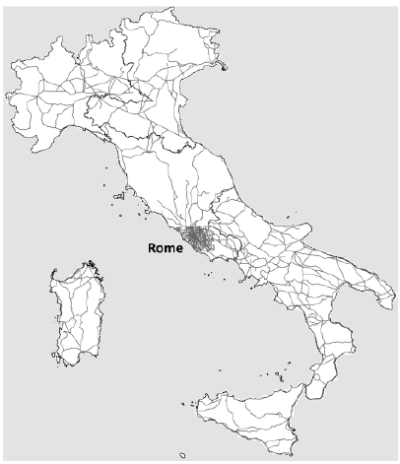
The emergence of the Roman Empire marked a series of significant political and socio-economic changes across modern-day Italy as well as across a very large part of modern-day Europe. Among these, the establishment of a new transport network and the development of trade and commerce that this facilitated, was one of the most important and lasting changes. NetFoodIt aims at using imported food plants, for the study of Roman transport and movement and the socioeconomic dynamics that this established within the core of the Roman Empire and its broader surroundings, that is, across modern-day Italy. In doing so NetFoodIt will shed new light into the relation between mobility, commerce and the introduction of new tastes in Roman Italy. NetFoodIt will develop a geodatabase of Roman food imports assemblages and study their social access and rarity/regularity. In combination with the Roman transport network the project will next investigate the centrality of the sites with these imports, their character as consumption or redistribution centres and will reconstruct the routes for the distribution of these food plants. This will provide important insights into Roman commerce, economy and the extension and acquisition of new tastes as Rome expanded and developed contacts with other ancient cultures. In order to do so, a combination of novel techniques, which include Social Network Analysis, Site Rarity Index calculations, Spatial Network Analysis and spatial statistics will be employed in conjunction for the first time for Roman Italy. These methods and the training provided during their implementation by a team of leading international researchers will enhance the candidate’s profile with cutting-edge techniques that will situate her at the forefront of research and boost her career.
Project funded by Marie Skłodowska-Curie Actions (MSCA), HORIZON EUROPE Framework Programme, European Research Executive Agency (REA), European Union






